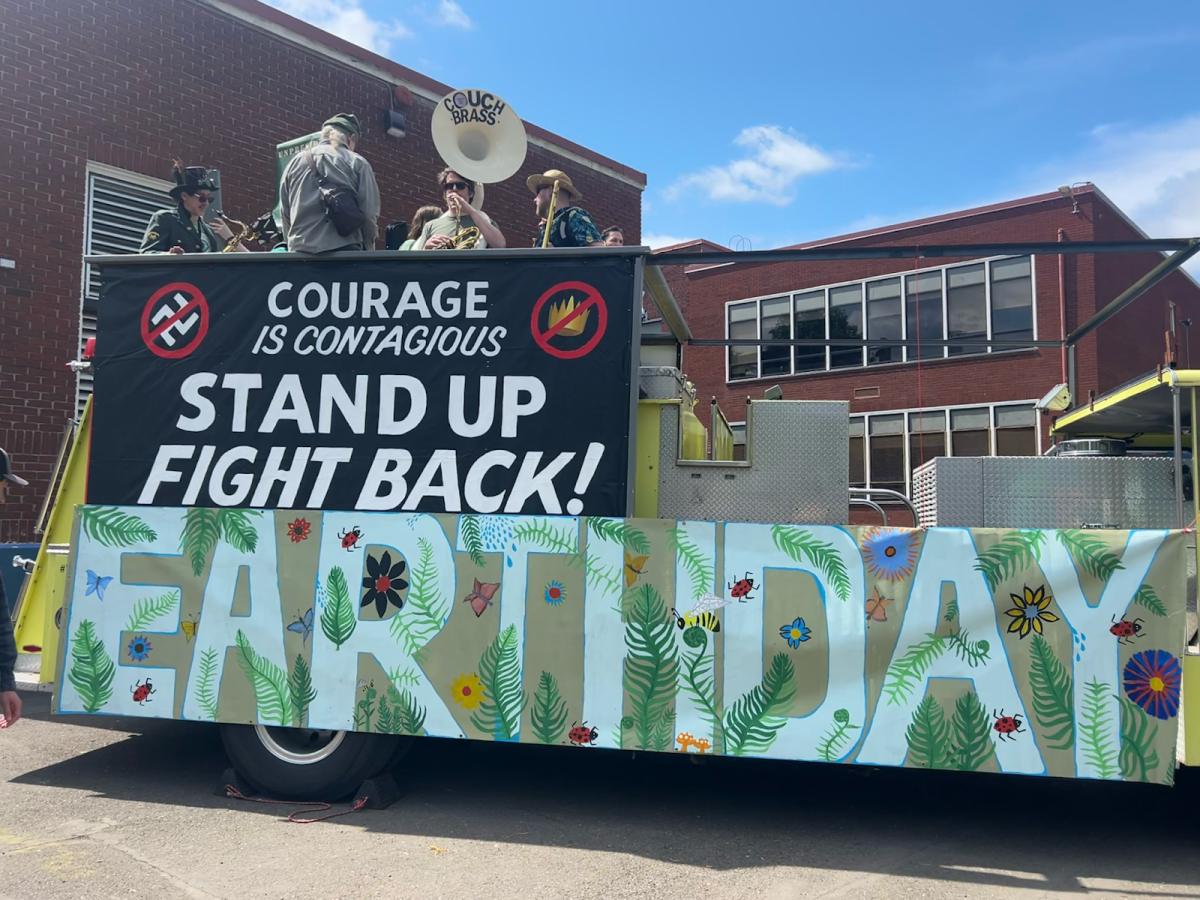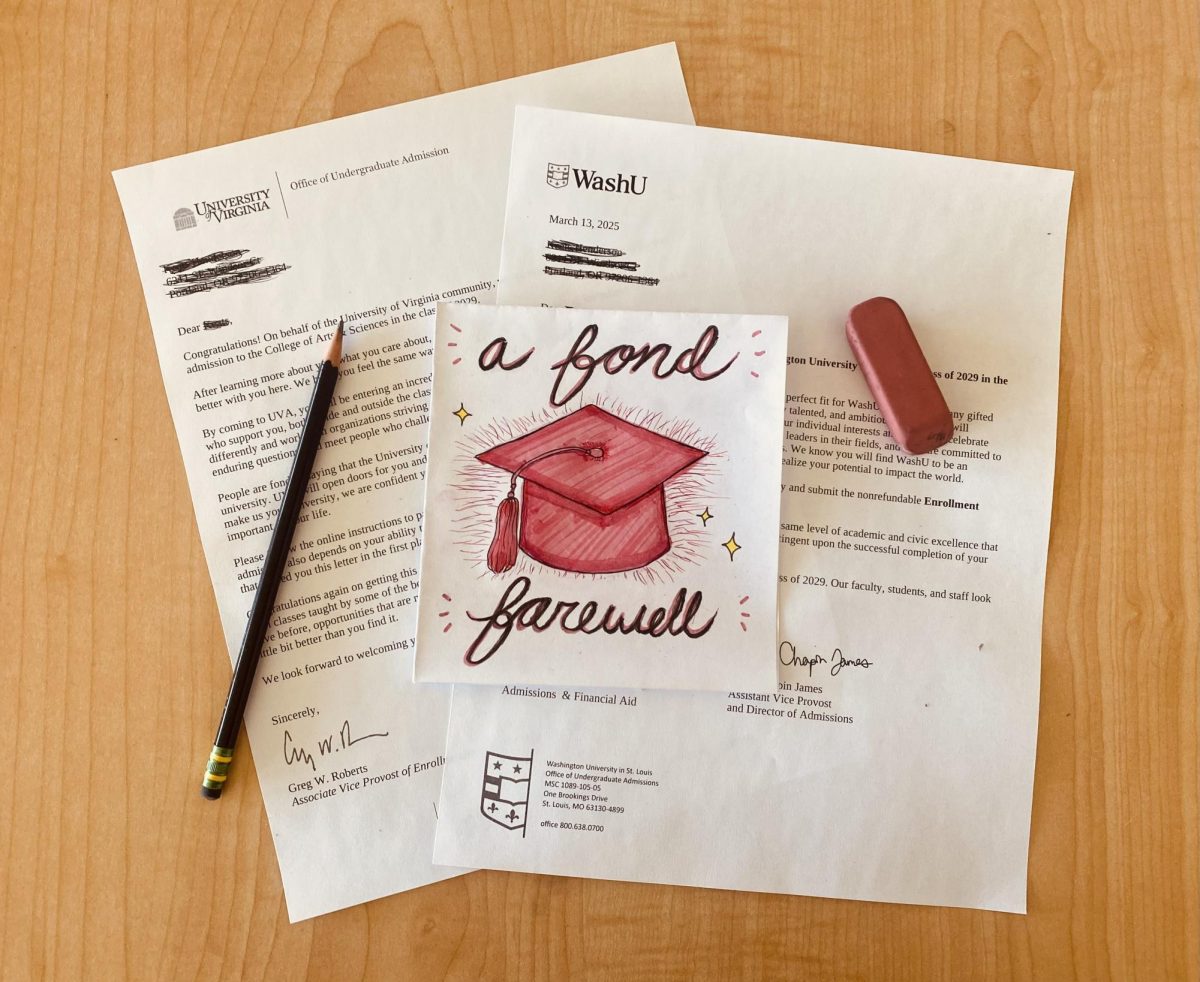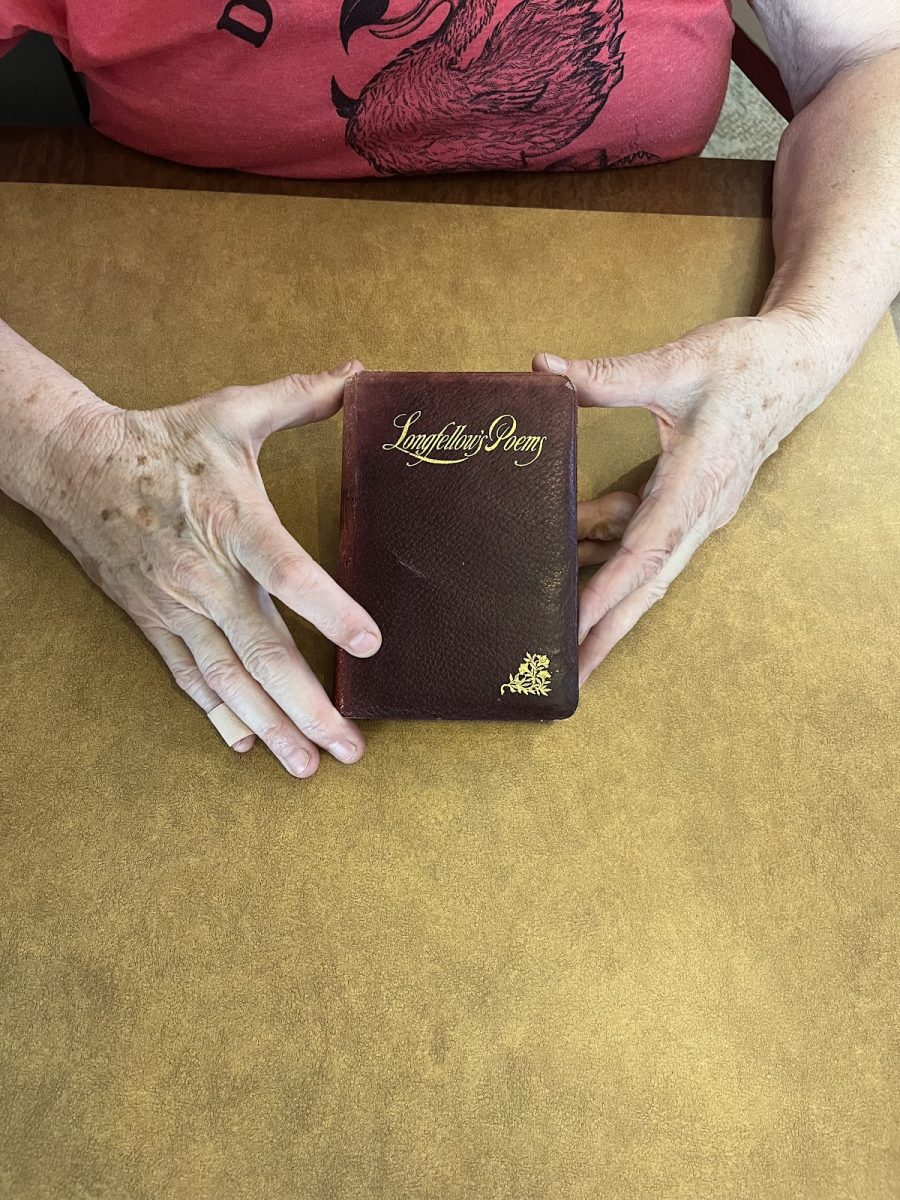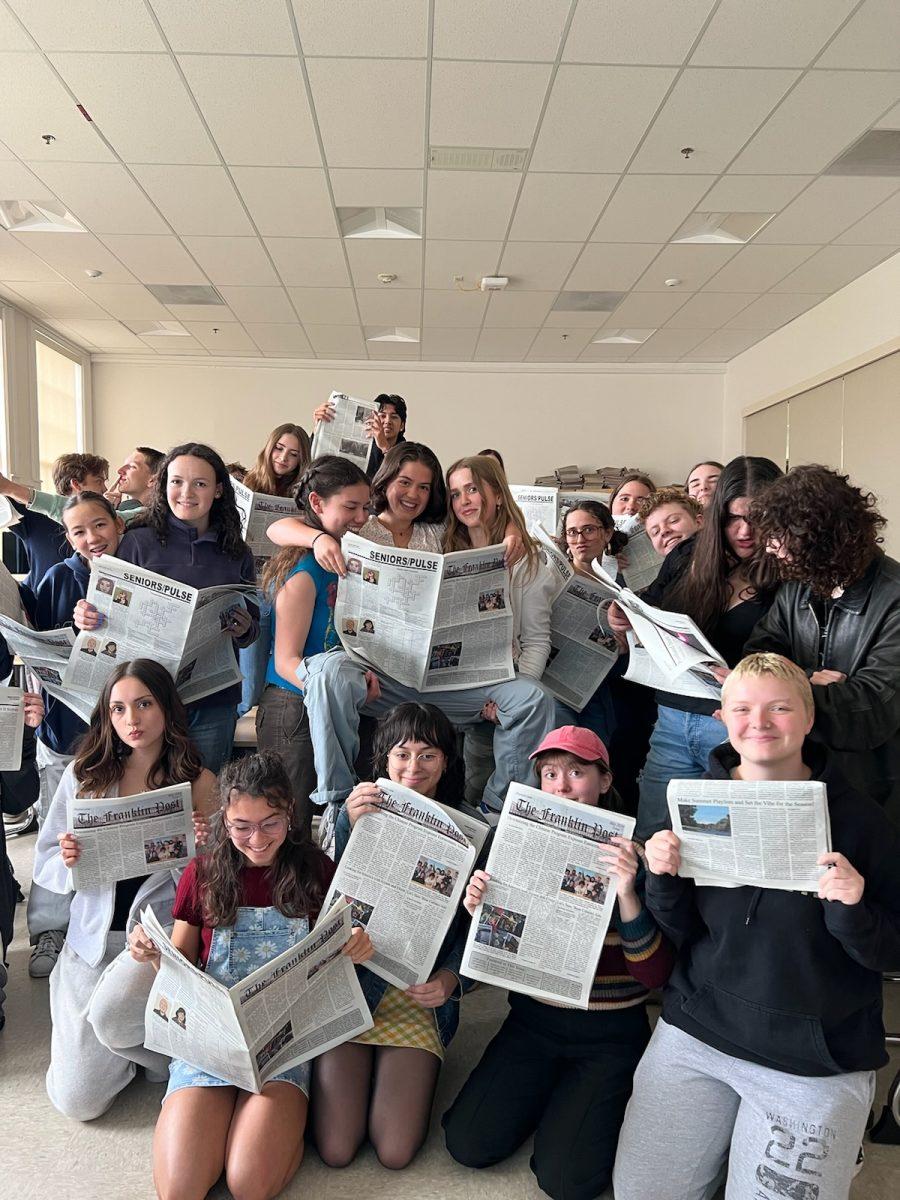
Somewhere in San Rafael, Calif. in the Autumn of 1971, a group of six high school students gathered beneath a statue of famed biologist, Louis Pasteur, that stood tall outside their school. They passed by each other all day, reminding one another of their secret plans through one small phrase: “420-Louis,” which, with time, simply shrunk to “420.” This small group of students were known as the ‘Waldos,’ a name coined after their tendency to gather by a wall and—you guessed it—smoke marijuana. On this specific day, however, the Waldos had gathered underneath the statue in the spirit of an almost stereotypically teenage adventure. As they would for several days to come, the boys met underneath Pasteur’s stone visage before driving out to Point Reyes, Calif. in search of a rumored patch of free weed, allegedly planted by a member of the U.S. Coast Guard. They would get in their car, get high, and run around in the forest together, and although their search may have never been successful in the form of the free weed they were looking for, the Waldos created something much more meaningful to the world than they could have imagined. Now, nearly 50 years later, “420” has become one of the symbols and phrases most synonymous with cannabis culture across the nation.
“For every dated anti-drug after school special, you’ll find a stoner comedy, or a satirical cartoon utilizing drugs and addiction as throw away jokes.”
The term’s origin may be shocking to some, and this lack of knowledge is strange for a symbol that marijuana enthusiasts, enemies of weed, and everyone in between all seem to understand. Rumors often mislead the general population into believing false stories or half-truths about where 420 comes from, like that it arose from the law enforcement code for illegal marijuana usage in progress, that it was established as Adolf Hitler’s date of birth, or even that Bob Dylan created the term through the subtext of his song, “Rainy Day Women #12 and #35” (because obviously the product of multiplying 12 and 35 is, you guessed it, 420).
Technically, this connection to music isn’t too shaky, as the origin involves legendary psychedelic rock band, the Grateful Dead. The Waldos eventually crossed paths with the band in the 70s. As the band—along with their roadies, managers, and friends—came to adopt the phrase, so did their fiercely loyal fans (the “Deadheads”). From here, it was just a matter of the media and popular culture catching on to the hip, underground terminology, primarily in the form of High Times magazine, which takes credit for popularizing 420 around the world.
With this sharp rise in popularity came the misconceptions surrounding its origin. “I believe, if my memory serves me right,” states one anonymous student, “that it’s 420 because that was or is the police code for a weed related incident?” This is a common misconception due to High Times incorrectly reporting that the term was born from law enforcement code for a “marijuana bust.” One additional student says, “I don’t know the specific history behind how the number 420 has become associated with marijuana, [but] I think that the U.S. becoming more and more of a pro-pot country has helped to make the term so mainstream in American culture.”
In this final response lies the heart of the issue surrounding 420. As what it was intended to be, a code word between friends, 420 could be considered harmless (not unlike the drug it’s associated with). However, the potential ramifications of having an all but official holiday celebrating an illicit substance and the culture surrounding its consumption may be grave. Historically, popular culture in the United States has often provided mixed messages around drugs and alcohol, taking serious, dangerous substances and turning them either into jokes or, worse, cultural touchstones. For every, “You drink the booze you lose,” you’ll find an, “It’s five o’clock somewhere!” For every dated anti-drug after school special, you’ll find a stoner comedy, or a satirical cartoon utilizing drugs and addiction as throw away jokes just to keep the audience’s attention. This nonchalant attitude towards drugs and alcohol desensitizes the American public to the potentially tragic nature of these substances and what they do to the lives of those who fall into a pattern of abuse with them.
Not only is drug-related slang on the whole very pervasive in popular culture, the interconnectedness of every individual via the Internet allows for a variety of messages regarding marijuana to reach everyone in a matter of minutes. Internet culture on its own, fostering a certain brand of insensitivity and a nothing-is-off-limits attitude regarding comedy, could be pinpointed in having a significant hand in this development. Almost everyone has heard of 420, including children. “It’s my assumption that most individuals over about 12 or 13 have heard 420 being tossed around at some point or another, and they likely know that it’s associated with weed,” continues one student. “I think everyone I know at least understands that 420 is the weed number,” says another. According to a report published by the National Institute of Drug Abuse, marijuana is the most commonly used illicit drug. In a 2015 survey, 22.2 million people reported use of it in the past month. On top of this, the report describes, “Marijuana use is widespread among adolescents and young adults.” Student responses are consistent with this, with an undisclosed (for the sake of their privacy and personal safety from consequences) number of students reporting “regular use” by themselves, their friends, and/or their family. The report adds that, “Teens’ perceptions of the risks of marijuana use have steadily decreased over the past decade.” Not only is marijuana taken less seriously, it has devolved into something humorous.
“The potential ramifications of having an all but official holiday celebrating an illicit substance and the culture surrounding its consumption may be grave.”
“People definitely see 420 as a joke. Every time the clock strikes 4:20, I’ll say, ‘Blaze it,’” adds one student. “It has lost all seriousness.” Another student says, “Weed has become so engraved in our culture that it was bound to become a humorous subject eventually, especially amongst the ‘meme culture.’” They also agree that, in some contexts, the degradation of weed and 420 to the status of a cheap joke that all of society is in on can negatively impact society itself. While 420 isn’t directly connected to any tragedy and is a joke that is harmless in intention, the day is one like any other, and if having a joke holiday celebrating a nation’s historically complicated relationship with an illicit substance interferes with something more grave or more important, the necessity of the weed humor’s existence in the first place is questionable. Take, for example, the date of the mass shooting at Columbine on April 20, 1999, and furthermore the student walkout in support of gun reform on April 20, 2018. If the coincidence of 420 and these events were to distract anyone from the gravity of the topics at hand, or be used to disrespect what’s happening on these days through further cheap humor, then it’s fair to say that 420 as a yearly observance is negatively impactful. “I would perceive this as having a negative effect,” one student agrees, “because the matter of gun control in my opinion is more important than the use of marijuana, and I don’t want it to distract from the message of gun control.” In addition to this, people of color in America have faced disproportionate amounts of serious prison sentences in America’s courts on account of minor drug offenses, many of them related to marijuana; something that, for many Americans has played a dramatic and tragic role in their lives isn’t something to trivialize or joke about. On the other hand, another student suggests, “People who have been advocates of legalizing cannabis are seen as a group of counterculture followers. They don’t follow norms or rules put in place by society or the government. By marching on 4/20 for gun control, it’s another example of fighting against what the government says.”
Symbolically, 420 has the potential to be as innocuous or as dangerous as we give it the power to be. The messaging delivered by our society regarding illicit substances has long been one of responsibility and understanding their effects on us and the world around us. This principle should absolutely extend itself to the discussion of drug culture and its own place within society. The Waldos unleashed 420 upon the world nearly 50 years ago, but it isn’t their responsibility to monitor and control how it is used and the effects it may have: it’s ours.
































